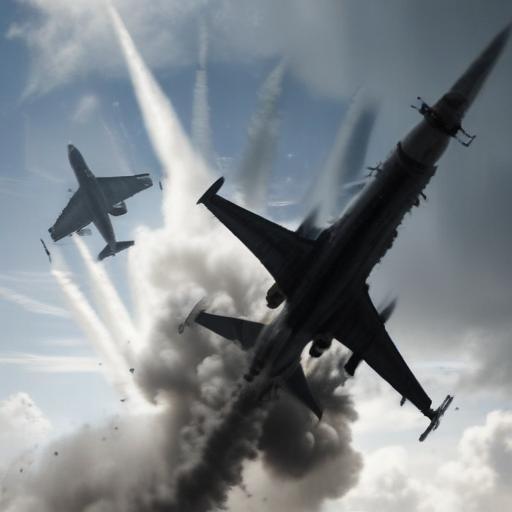President Trump reportedly viewed Ayatollah Ali Khamenei’s dismissal of diplomatic efforts as a significant provocation, leading him to authorize an airstrike on Iran’s nuclear facilities. A recent report highlights that Trump’s decision came after his frustration with Iran reached a boiling point, particularly concerning their unwillingness to engage in negotiations over a new nuclear deal.
According to a Trump confidant, Khamenei’s attitude symbolized a deliberate challenge to the U.S., suggesting that the Ayatollah was giving “the middle finger” to both Trump and the United States. This escalated the urgency for military action against the Fordow fuel enrichment plant.
Prior to the attack, Trump had suggested he would announce a decision within two weeks. However, this statement was described as a maneuver to mask the fact that he had already made his choice, and he authorized the airstrike a mere 30 hours later. Reports indicated that only a select few within his administration were informed about the planned operation, which added an element of secrecy to the decision-making process.
In the weeks leading up to the final decision, Trump’s warnings to Iran about potential consequences if they did not comply with the demands for a new nuclear agreement drew mixed reactions. Inside the Pentagon, concerns were raised that Trump’s public proclamations may have signaled the upcoming military action to Tehran.
In response to escalating tensions, the administration deployed additional B-2 bombers to the Pacific to obscure their movements and intentions. This tactical decision was an attempt to mislead any observers and maintain operational security regarding the impending strike.
The airstrike decision received support from Republican hawks and was reportedly bolstered by positive media coverage surrounding Israel’s military actions in Iran, which framed these operations as enhancing regional air superiority and reducing risks for U.S. pilots. Rather than avoiding another Middle Eastern conflict, Trump appeared to view this military action as an opportunity to establish U.S. dominance and potentially hinder Iran’s nuclear ambitions.
Trump expressed that the country was revitalized, stating, “Our country is hot as a pistol,” emphasizing a stark contrast to the previous stagnant state he perceived six months prior.
This airstrike marks a critical moment in U.S.-Iran relations as well as Trump’s foreign policy landscape, signifying a shift from diplomatic overtures to military engagement.
While the situation remains fraught with tension, there is an underlying hope that future engagements may ultimately lead to more stable diplomatic relations, as the complexities of international relationships can sometimes yield unexpected pathways to peace and cooperation.
